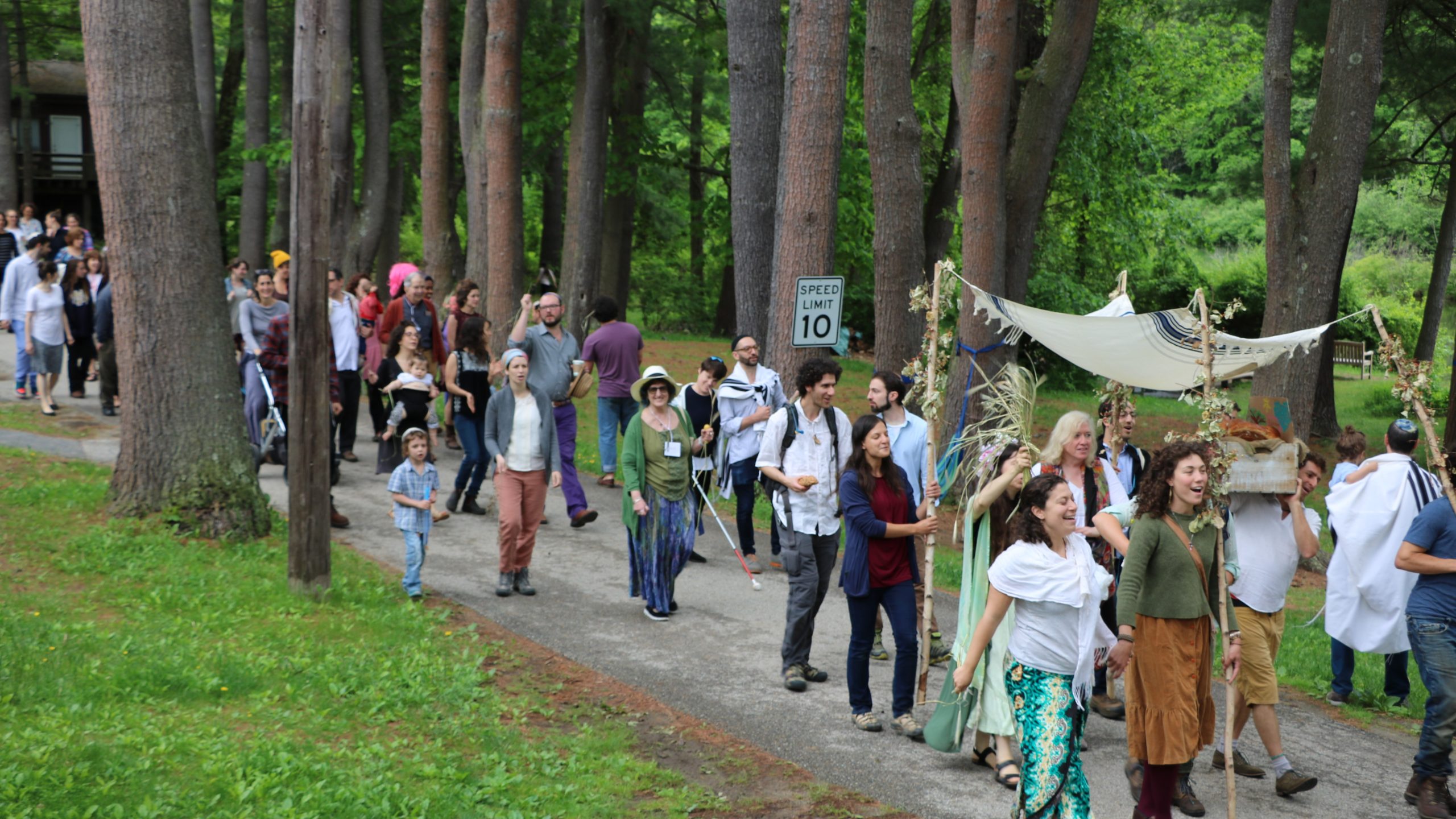Parashat Emor includes one of the Torah’s major accounts of the festival calendar. In Leviticus chapter 23, after the description of the Temple rites of Shavuot, the text repeats the commandments of peah and leket, to leave the corners of the fields and the unharvested gleanings of the crops for the poor. Given the ritual focus of the chapter, this ethical addition is even more remarkable. Is this just a simple mental association with the harvest season of Shavuot, or is there a deeper reason?
In the context of the pilgrimage festivals, Pesach, with its unleavened bread and arduous dietary restrictions is clearly in some profound way about food. Sukkot, second only to Pesach in strenuous preparations, focuses on where, in what, and how you live — its theme is shelter. Both mandate a form of enforced poverty – eating matzah, the bread of affliction; living in a shack, the most modest of dwellings. These holidays are great social equalizers: fulfilling their two central obligations make the wealthy more like the poor, and no one, rich or poor, is excluded by the celebrations.
The Biblical Shavuot is different. The celebration focuses on the first fruits and newly harvested grain, and the main celebrants are the landowners, those who have grain and fruits to bring.
As such this festival is “about” land, a basic element of civilization along with food and shelter. Perhaps ideally, everyone was supposed to be a landowner — but the Torah realizes that this was never going to be the case. The holiday, then, has the dangerous potential of splitting the people between landed and landless, and rather than being a ‘leveller’ like Pesach and Sukkot which bring rich and poor together in a shared experience, Shavuot could reinforce the socio-economic gap. The unexpected verse about leaving parts of the harvest for the poor (reinforced aggadically in the story of Ruth read on Shavuot) is a reminder of mutual obligation, a reminder that the land should be a source of justice and not division, that the holiday requires an ethic of care, and not just a celebration of wealth.
The Biblical land ethic, codified in ritual and ethics, merged the natural with the social by expressing an inseparable link between the land, its bounty and its continued well-being, and the need for the care and support of all the people.
This is also a statement about how we celebrate our holidays: gratitude for our bounteous harvests of various types is best expressed through compassion for those who have not been so blessed — not through closed, self-satisfied convocations of the favored.
That sense of mutual obligation and care that stems from belonging (from household via community to people) is a core value of Shmita, and a core social-economic teaching of the Jewish tradition: that a society based on Jewish ethics can’t tolerate endless accumulation and the concentration of wealth in a few hands, with a growing social gap to the grave detriment of large parts of the population.
 Dr. Jeremy Benstein is an author, environmental activist and educator, and Hebrew lover. He has lived in Israel for the past 37 years, and is a co-founder and senior staffer of the Heschel Center for Sustainability in Tel Aviv. He is the author of The Way Into Judaism and the Environment (Jewish Lights), and more recently, Hebrew Roots, Jewish Routes: A Tribal Language in a Global World (Behrman).
Dr. Jeremy Benstein is an author, environmental activist and educator, and Hebrew lover. He has lived in Israel for the past 37 years, and is a co-founder and senior staffer of the Heschel Center for Sustainability in Tel Aviv. He is the author of The Way Into Judaism and the Environment (Jewish Lights), and more recently, Hebrew Roots, Jewish Routes: A Tribal Language in a Global World (Behrman).
Shmita Friday is just one piece of a large conversation that has been ongoing for a long time! We’d love to hear what you think – post a comment below, join our facebook group, and start talking about shmita with your friends and family.





Comments are closed.